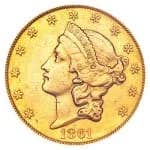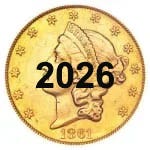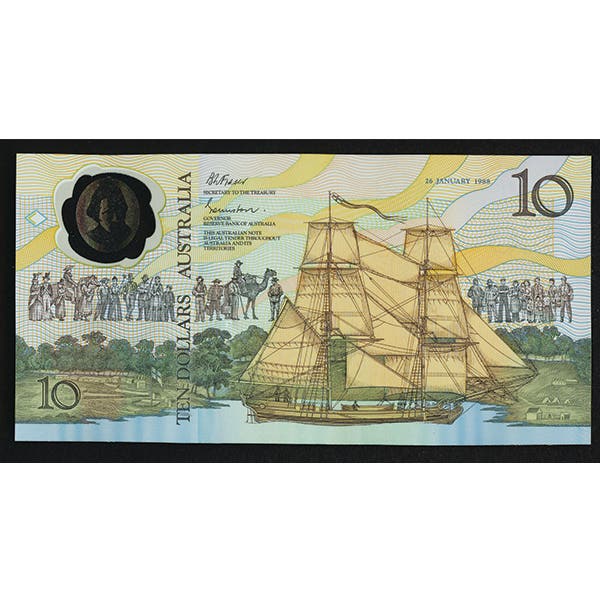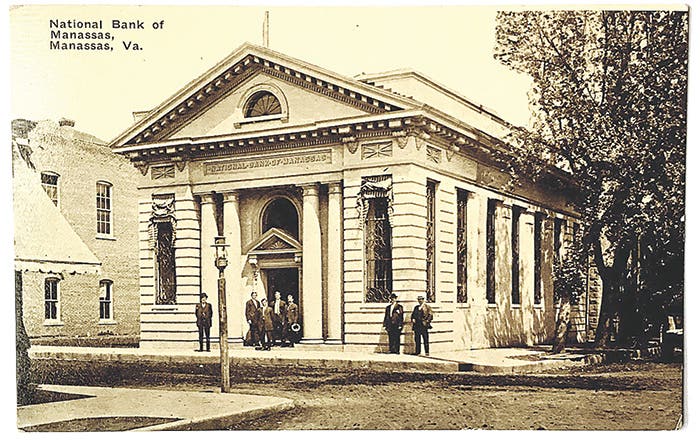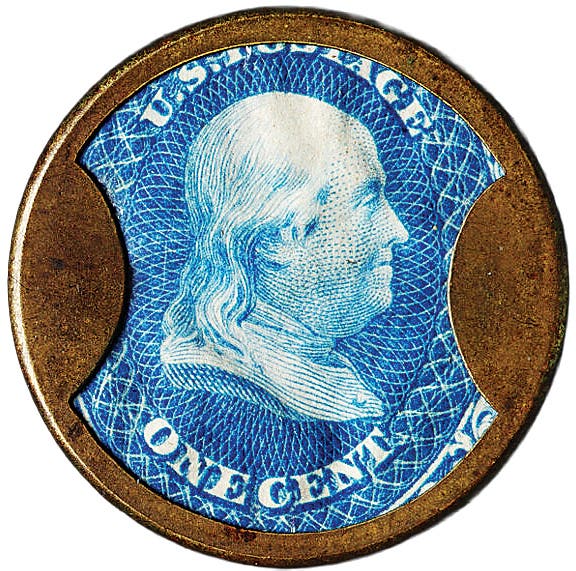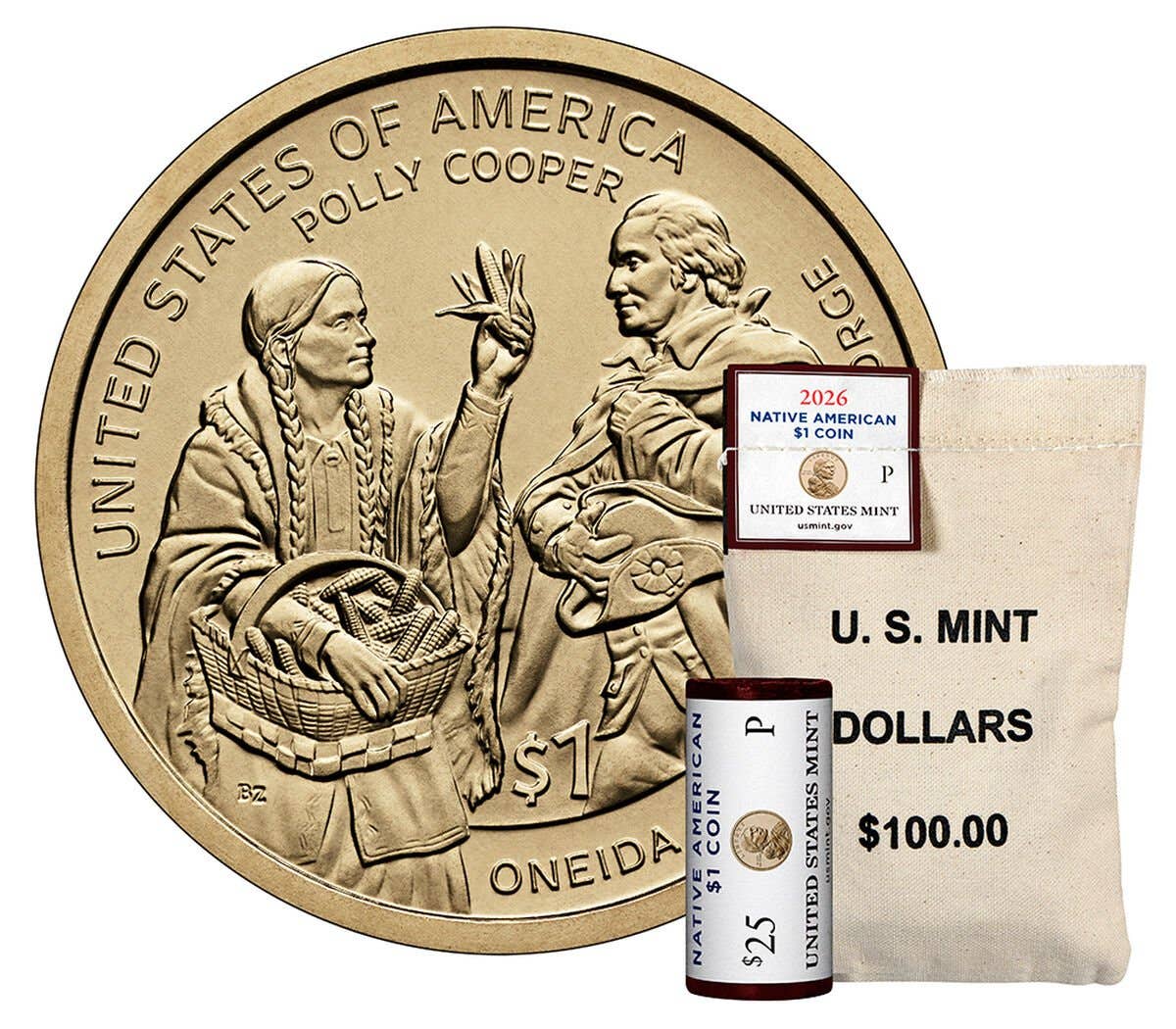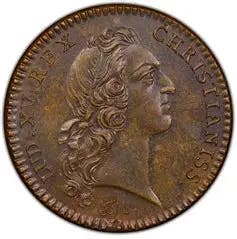A Surviving Pierre, Dakota Territorial
A newly discovered Dakota territorial note from Pierre adds a rare chapter to numismatic history, linking South Dakota’s capital to its fur-trading and banking roots.
Jess Lipka dropped this newly discovered Dakota territorial into my inbox. Any Dakota territorial find is big news.
This is the first territorial to appear from Pierre, the capital of South Dakota. It holds a special appeal for me because the town is my namesake, Pierre being French for Peter. The good folks in Pierre long ago Anglicized the pronunciation of the place from “pea-air to “pier.” But the place was named for a Frenchman whose first name was Pierre, so I legitimately claim identity with the place.
Courtesy of the South Dakota State Historical Society/Wikimedia Commons.
Pierre was formally incorporated in 1880 as the western terminus of the Chicago and North Western Railway at the Missouri River. The town was named for Pierre Chouteau, Jr. (1789-1865), an entrepreneur from the wealthy Chouteau fur-trading family of Saint Louis.
Pierre’s career began at age 15 as a fur trader with the Osage tribe. In 1827, he became a principal in Bernard Pratte and Company, the Western agent for John Jacob Astor’s American Fur Company. Pratte and Chouteau bought the Missouri River interests of the Astor Fur Company in 1834. Pierre is credited with pioneering the use of steamboats on the Missouri River. As part of his enterprises, he built Fort Pierre, a fur trading post, on the west bank of the Missouri River directly across from what would become the city of Pierre. Fort Pierre was considered the fur-trading capital of the Northwest from 1832 to 1855.
You can be assured that Pierre’s name was pronounced “pea-air!”
Pierre is situated on U.S. 14, where it crosses the Missouri River. It is centered in South Dakota, which won statehood on November 2, 1889. The town was designated the capital by a state-wide vote upon admission of South Dakota to the United States.
Although the state capital, Pierre, had a 2020 census of only 14,091, remember that this is South Dakota, an agrarian state with a sparse population where people escape from harsh winters and don’t return.
The First National Bank of Pierre was chartered on May 25, 1883, not long after the town was organized. Its principal organizer and first president was George Langdon (G.L.) Ordway. G.L. Ordway was the son of Nehemiah George (N.G.) Ordway was a larger-than-life entrepreneurial politico and banker who established himself in what would become Bismarck, North Dakota. N.G. Ordway was appointed governor of Dakota Territory by President Rutherford Hayes in 1880 and removed from office by President Chester Arthur in 1884. In the meantime, he organized the Capital National Bank of Bismarck, which was chartered on June 23, 1883.
N.G. Ordway undoubtedly sent his son to Pierre with a bankroll to organize the bank. It is little surprise that both the Capital National of Bismarck and First National of Pierre were organized in 1883. N. G. Ordway was expanding his financial empire and apparently relished the idea of having banks in the thick of the political dealings in the likely capitals of the two Dakotas once the states gained statehood. His son left the presidency of the Pierre bank within a year, probably after serving in a figurehead role during its organization.
Pierre was a small town at the time, so the bank was organized with a minimal capital of $50,000. This allowed the bankers to circulate $11,250 during the territorial period (($50,000 x 0.25) x 0.09). They issued only $5s, and it took only 1,537 sheets to maintain their small circulation during the territorial era.
When the Gold Standard Act was passed in 1900, it increased national bank circulation to 100% of the par value of the banker’s securing bond deposit, up from 90%. The Pierre circulation jumped to $12,500.
Pierre grew slowly, so the bank prospered. In 1908, well after statehood, its officers quadrupled their capitalization to $200,000 and circulation to $50,000. Even so, it remained a modest small-town bank, as revealed by population census figures (1890: 3,235; 1910: 3,656; 1930: 3,659).
The economy of Pierre suffered a significant blow from the Great Depression. The bank was placed in a conservatorship during the FDR Bank Holiday period and liquidated on December 31, 1934. Its reorganized successor was the First National Bank of Pierre, charter #14252.
The statistics for Dakota Territorial notes are 412,118 issued by 74 banks, yielding a survival rate that currently stands at one note per 7,925 issued. Of the 74 issuing banks, notes are now reported from 23, or only 31% of the total. Only one issuing territory has a lower representation from its issuing banks, and that is Washington, where the percentage of reported banks is 25%.
There are now 52 reported Dakota territorials. Nineteen are from the First National Bank of Yankton, most from an old hoard. The rest are spottily and thinly distributed over the other 22 banks from which the others are reported.
You may also like:

